Once your coop is built and you’re happy that it’ll house some happy and healthy chickens, you’ll want to start thinking about bedding.
Bedding not only allows your chickens to find comfort in their own home, but it also has other uses.
The right bedding will absorb nasty smells from the chickens in your flock that don’t know how to use a toilet (spoiler alert: that’s all of them).
It’ll also provide cushioning for any high jumps off a roosting perch or any eggs that might fall forwards out of a nesting box.
Of course, if you’ve followed our nesting boxes guide, that shouldn’t be too much of an issue!
In this guide, we’ll go through the best options for bedding for your chickens to make sure you’re fully equipped to house multiple ladies and keep them happy, healthy and laying wonderful eggs.
Best Bedding for Chickens
Bedding material is a hot topic for chicken owners. Everyone has an opinion, and they’re usually right, but we’ll lay out all of the options here so you can make the most educated decision.
Pine Shavings
Pine shavings are a big favorite for backyard farmers over the other options because of ease of cleaning. Shavings are also great at absorbing bad smells, so using this is a super simple and easy method for upkeep.
Reasons to choose pine shavings:
-
Eliminating bad smells - the excellent absorption of pine shavings means that your coop is unlikely to ever smell too bad
-
Cleanliness - you can easily remove and replace pine shavings with a garden fork
-
Affordability - pine shavings are easily found at a local feed store for pretty cheap
Straw
While straw is another favorite method of bedding for many, it has its drawbacks, especially compared to pine shavings.
Disadvantages of straw are:
-
Work - Straw needs to be removed and replaced much more than other bedding
-
Smell - It will start to smell bad, quickly
-
Potentially poisonous - Some straw is sprayed with pesticides which are a no-go
Nevertheless, the advantages of straw are:
-
Insulation - straw acts as an insulator for a chicken coop, keeping your ladies warm in the colder months
-
Playfulness - Chickens like to scratch and kick stuff around, which makes straw a fun game for them if used for bedding. This will also make it a great addition to a nesting box!
-
Relatively cheap - straw, while not as cheap as pine shavings, can be found at any feed store and won’t set you back too much
Sand
Sand is a big favorite of backyard farmers with a little more time on their hands. It should stay in the coop longer than straw but has similar properties including a tendency to smell pretty bad.
The benefits of using sand for chicken bedding are:
-
Easy to find - sand is readily available at any feed or supply store as is also pretty cheap
-
Dust baths - chickens LOVE a good dust bath. Throw some sand down and they’ll go to town with it
-
Litter removal - the sand will clump together when chickens have pooped on it, which makes for easy removal
Below we have provided a graphic with all of the most widely used bedding options for your chicken coop!
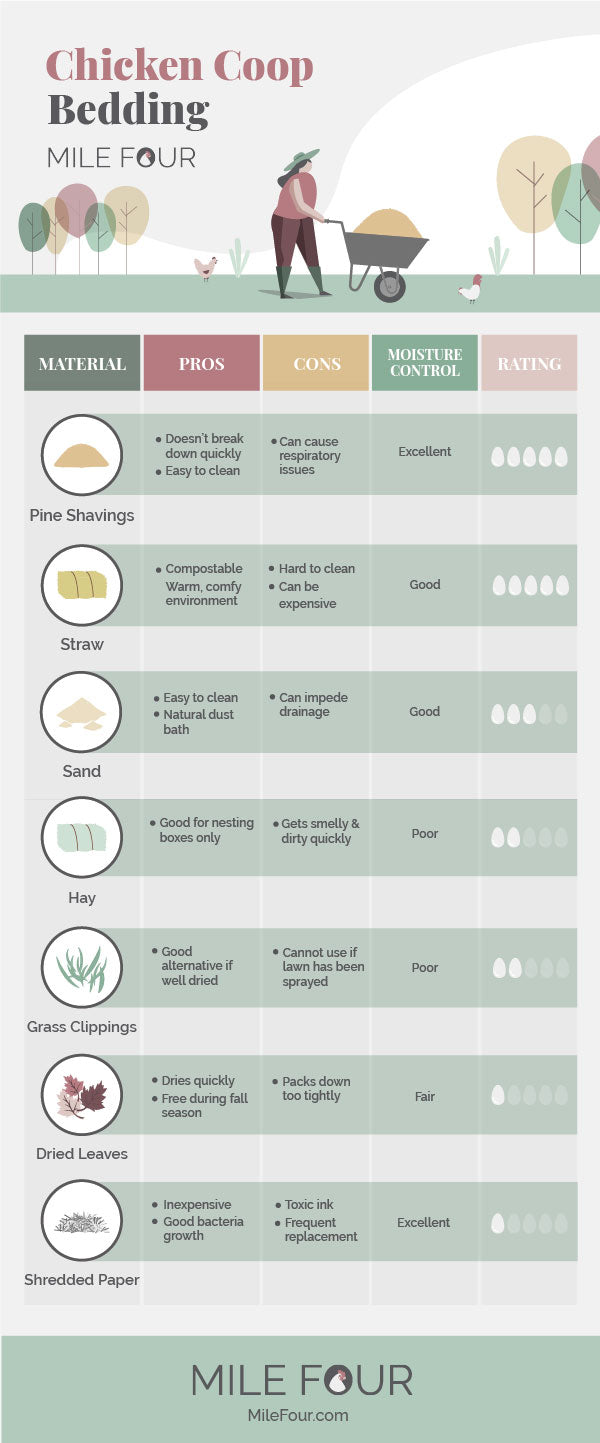
Share This Image On Your Site
Deep Litter Method
The deep litter method is a favorite of many backyard farmers. It allows you to maintain the coop and run in other ways without worrying about changing the bedding and scooping up manure all the time.
With this method, you can use any of the above bedding materials (as well as grass clippings), but for this article, we’ll be focusing on wood shavings since they’re the best option. We say wood shavings instead of pine specifically because a lot of people have been known to use cedar.
You’re going to bed your coop the same way you always would the first time, throwing shavings down so there’s about a 3 inch high layer across the entire coop.
Once or twice a week you’ll want to top off the layer with more bedding material. Use your discretion on how often you do this. Depending on how many chickens you have you may need to do this more often, especially if the coop looks to be getting very messy.
When you top up the layer of the bedding, throw some treats down so the chickens kick up and stir the bedding, meaning you don’t have to.
The stirring up of the bedding will speed the decomposition process up, but if you don’t want to feed your chickens too many snacks, you can stir the bedding up gently with a garden fork.
Even if you are feeding your chickens snacks to aid with this method, you’ll still probably want to stir things up with a garden fork because poop can clump together and get pretty messy.
Ventilation is key to this method. There is a chance that an ammonia smell will come with this method if your ventilation is bad, so make sure (even in the colder months) that you’re ensuring proper ventilation.
The best time to start the deep litter method is close to the beginning of winter. Once you’re deep into spring it’ll be time to change the top 10 or so inches of the bedding.
Leaving a 1-2 inch bottom layer when you clean will allow any new bedding to absorb any good bacteria that has gathered over the past few months.
Seeing clumps of poop when you clean in spring? Get rid of them. Any non-decomposed materials should be removed from the coop so that you can give your chickens the best opportunity to be healthy in the coming months.
Chicken Run Bedding
While it’s not completely necessary, some people like to use bedding in their run, especially if their chickens like to take dust baths outside.
For this, we recommend using a mixture of materials as there’s really no winner here.
Grass clippings, pine or cedar shavings, dried leaves, and even hay have been known to work, but we recommend not using the same amount as you use inside your coop.
A small layer (up to an inch) will do the trick.
And there you have it! You should now be set up to make the most education decision for bedding for your chickens. If you have any tips and tricks, feel free to comment below.
Additional Resources:
An informative article by Wide Open Pets
A helpful review of bedding types by Hobby Farms


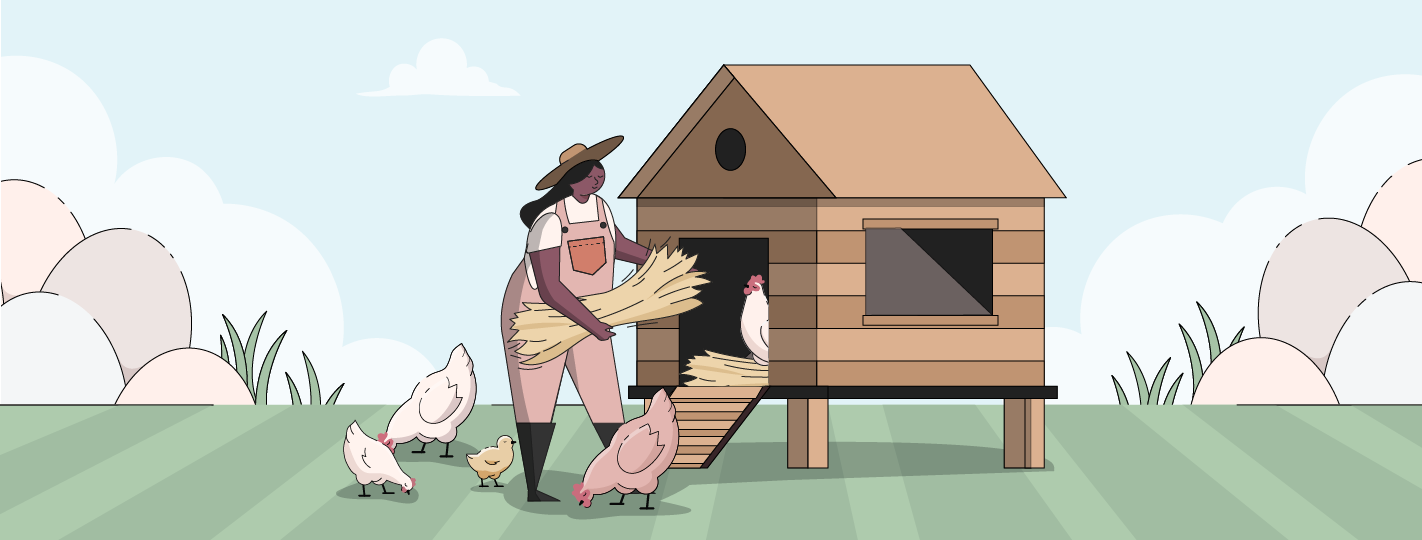
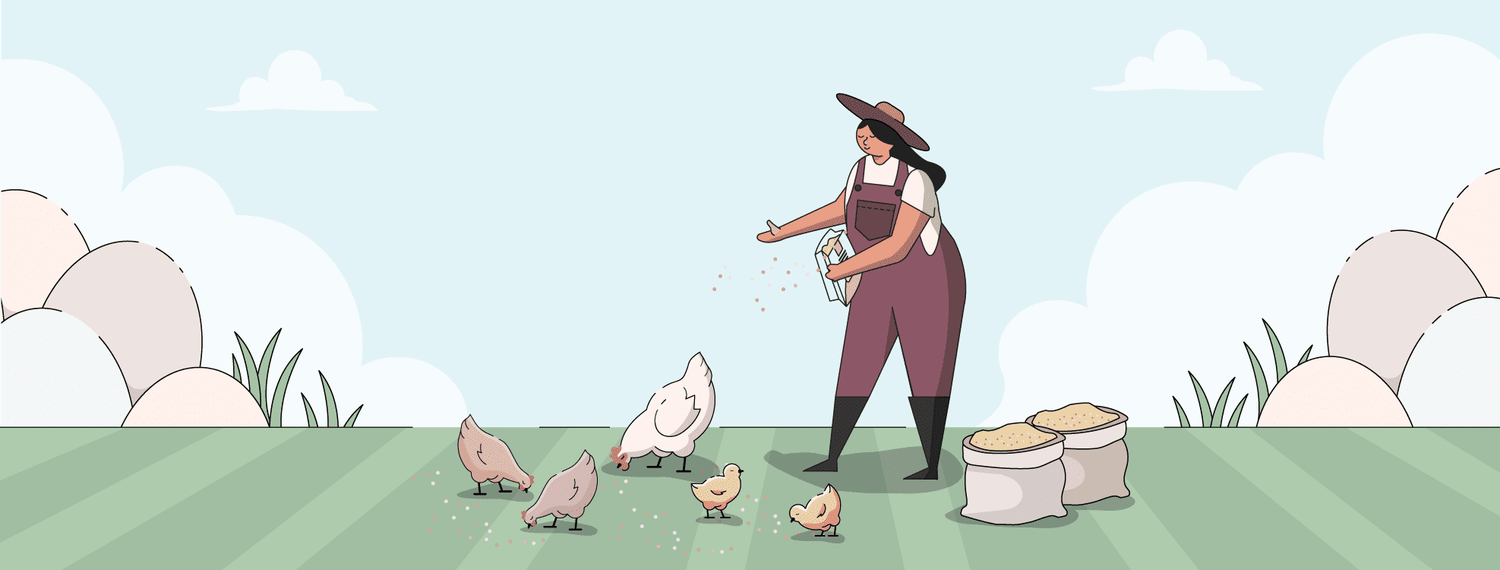
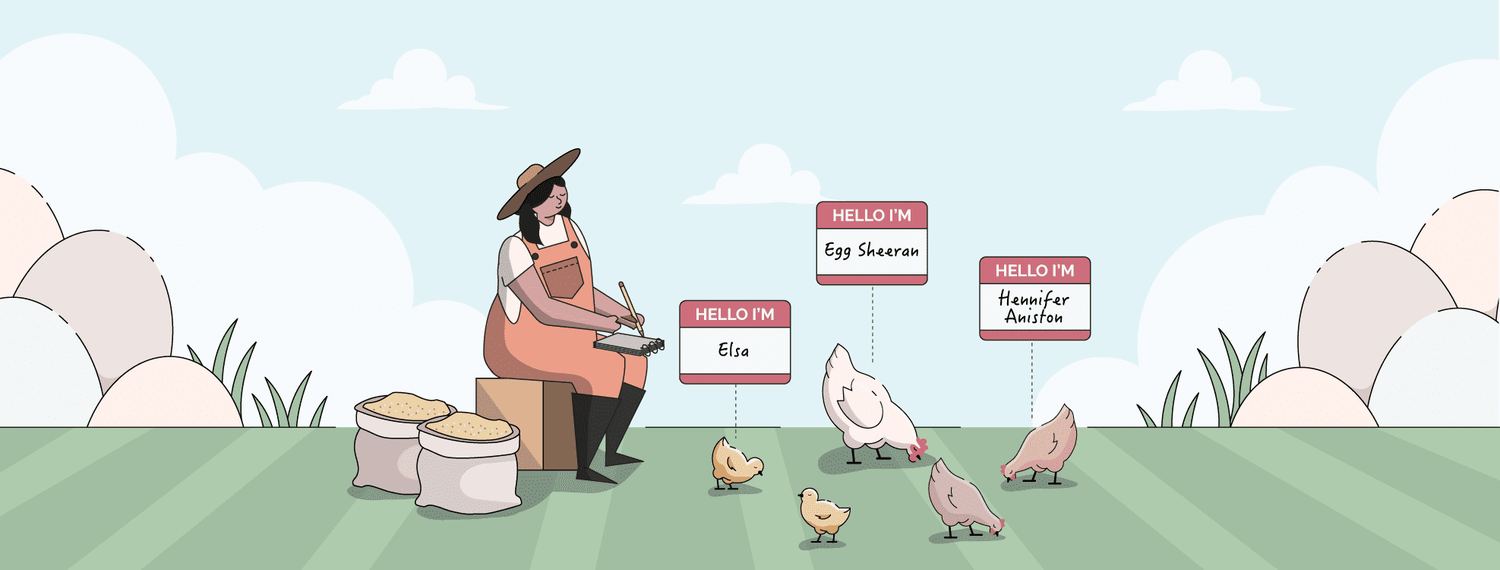
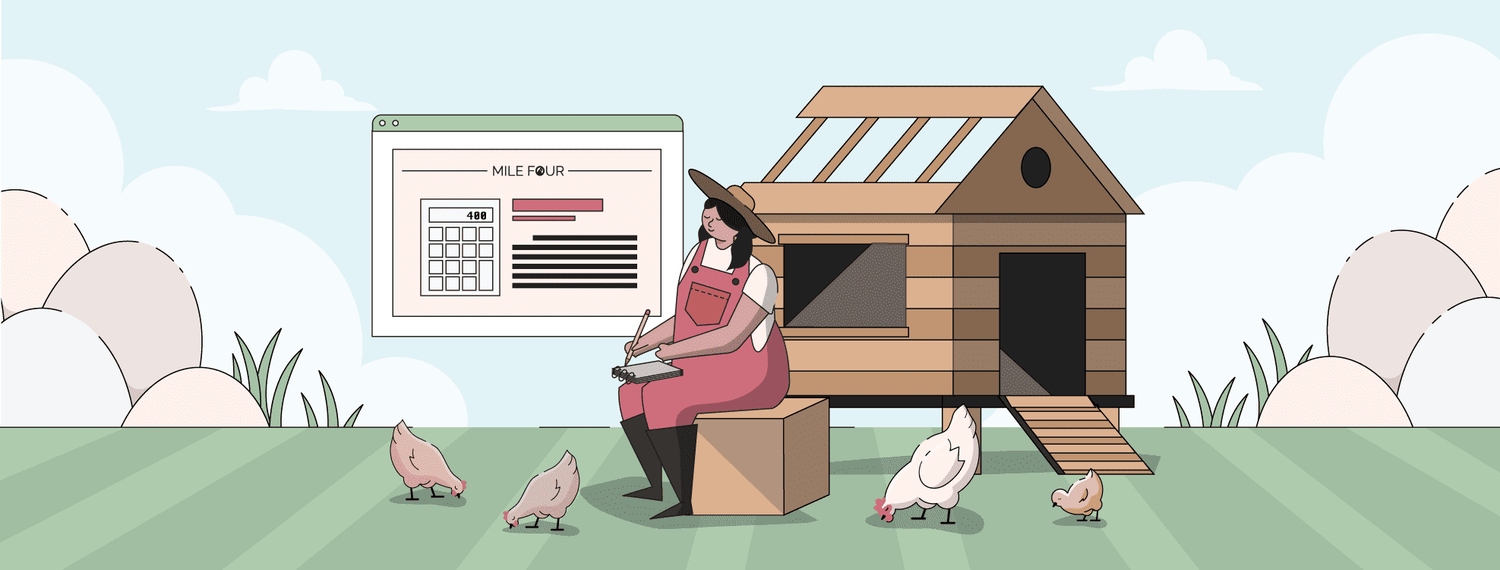
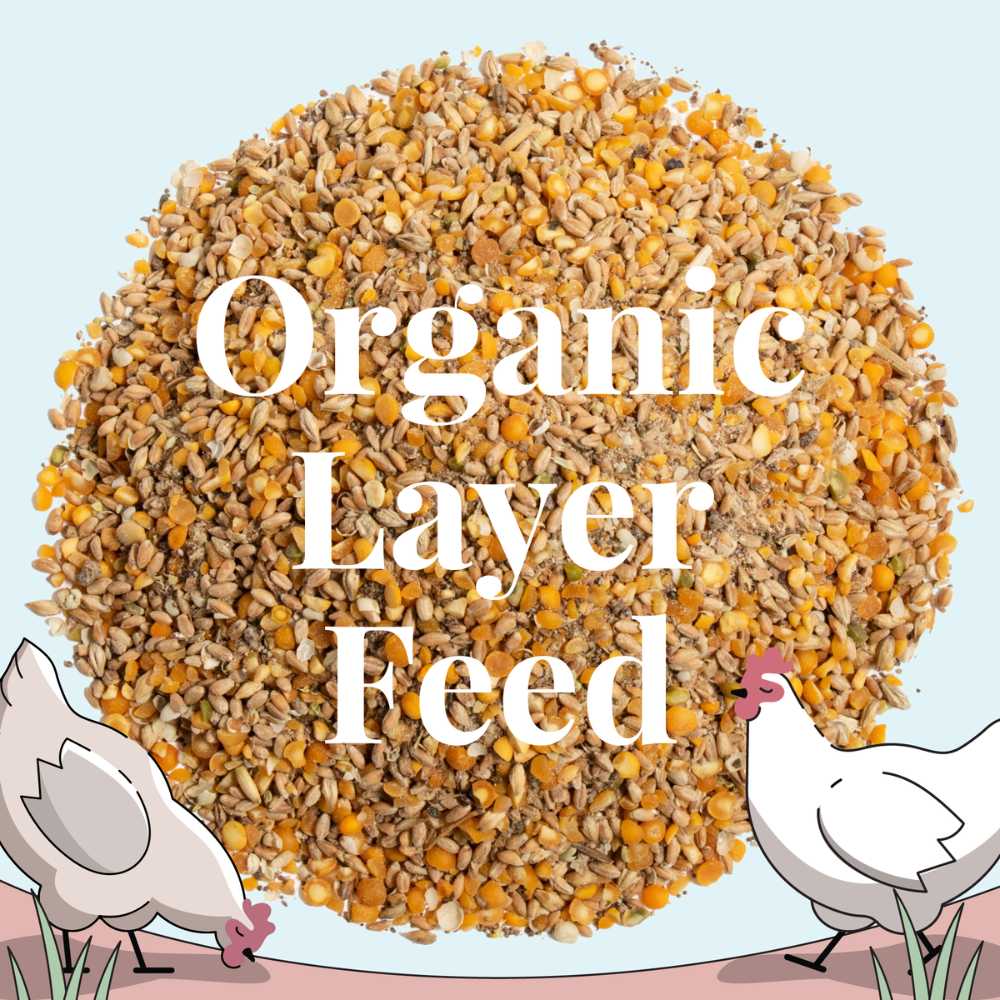
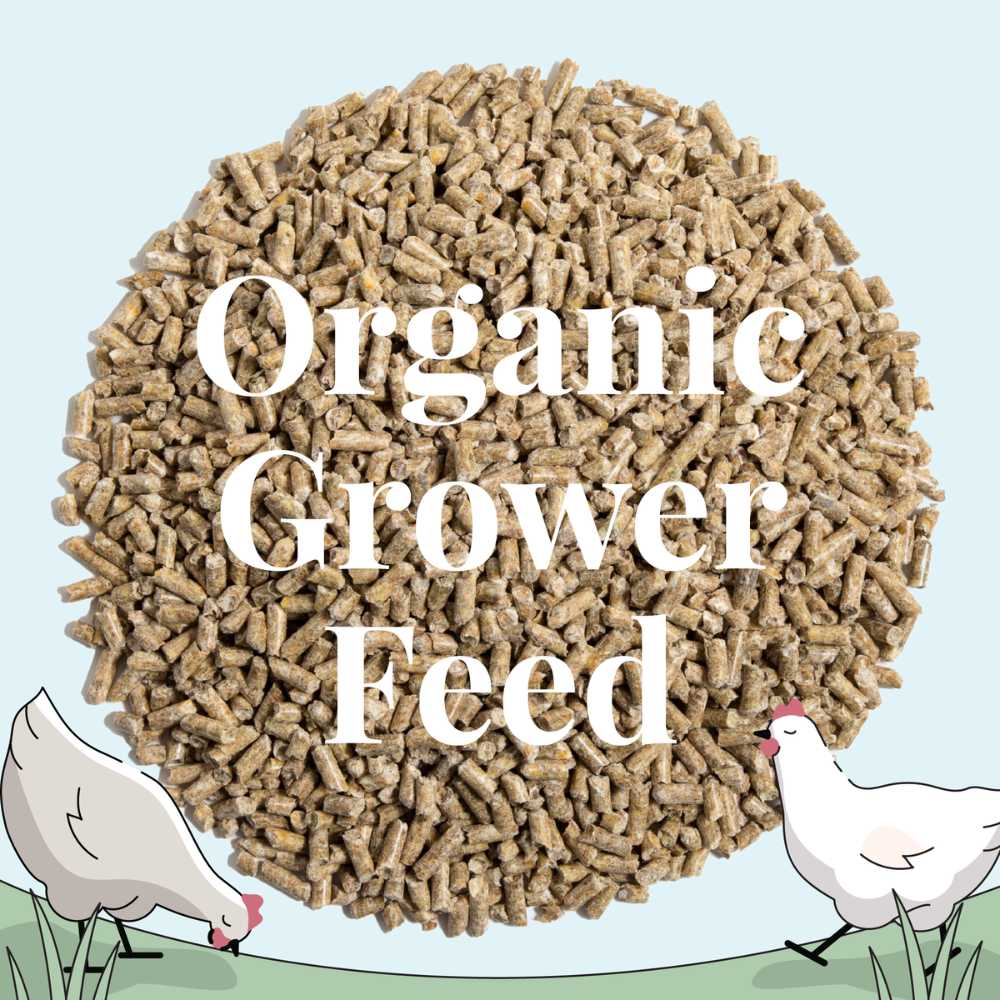
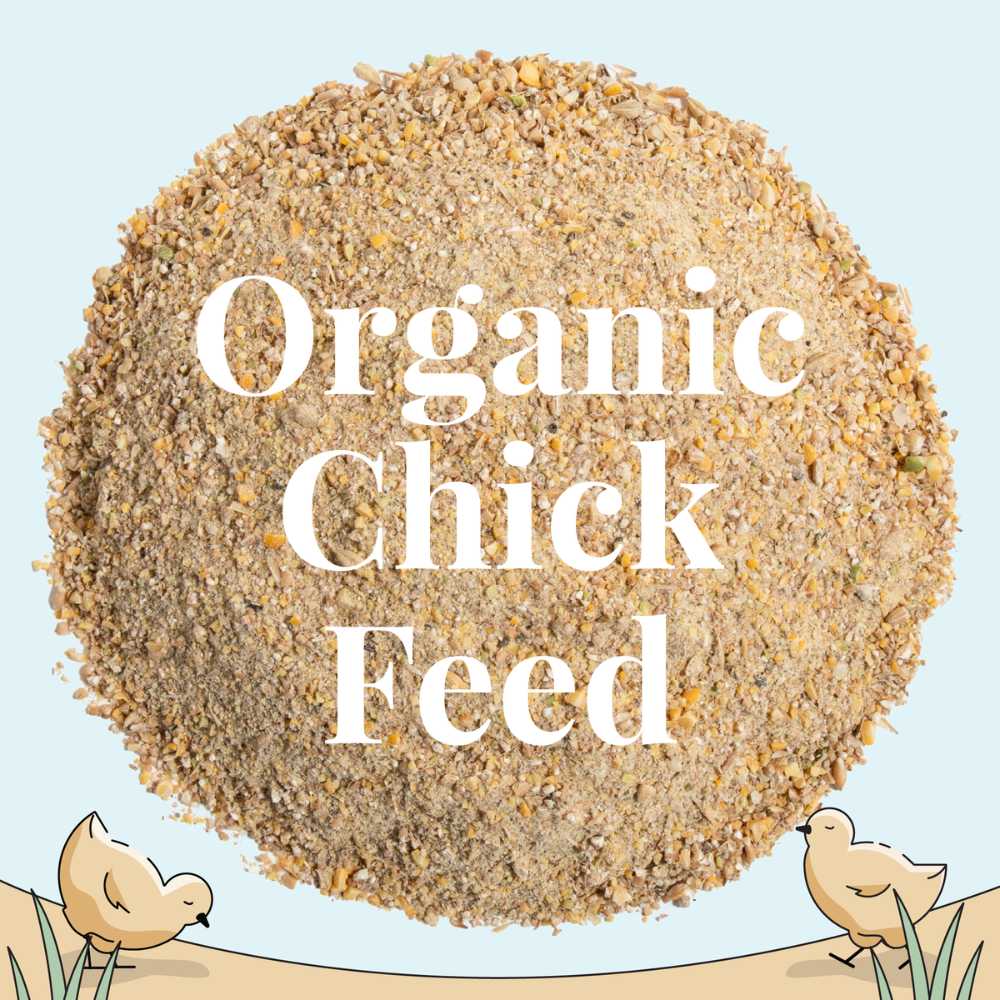
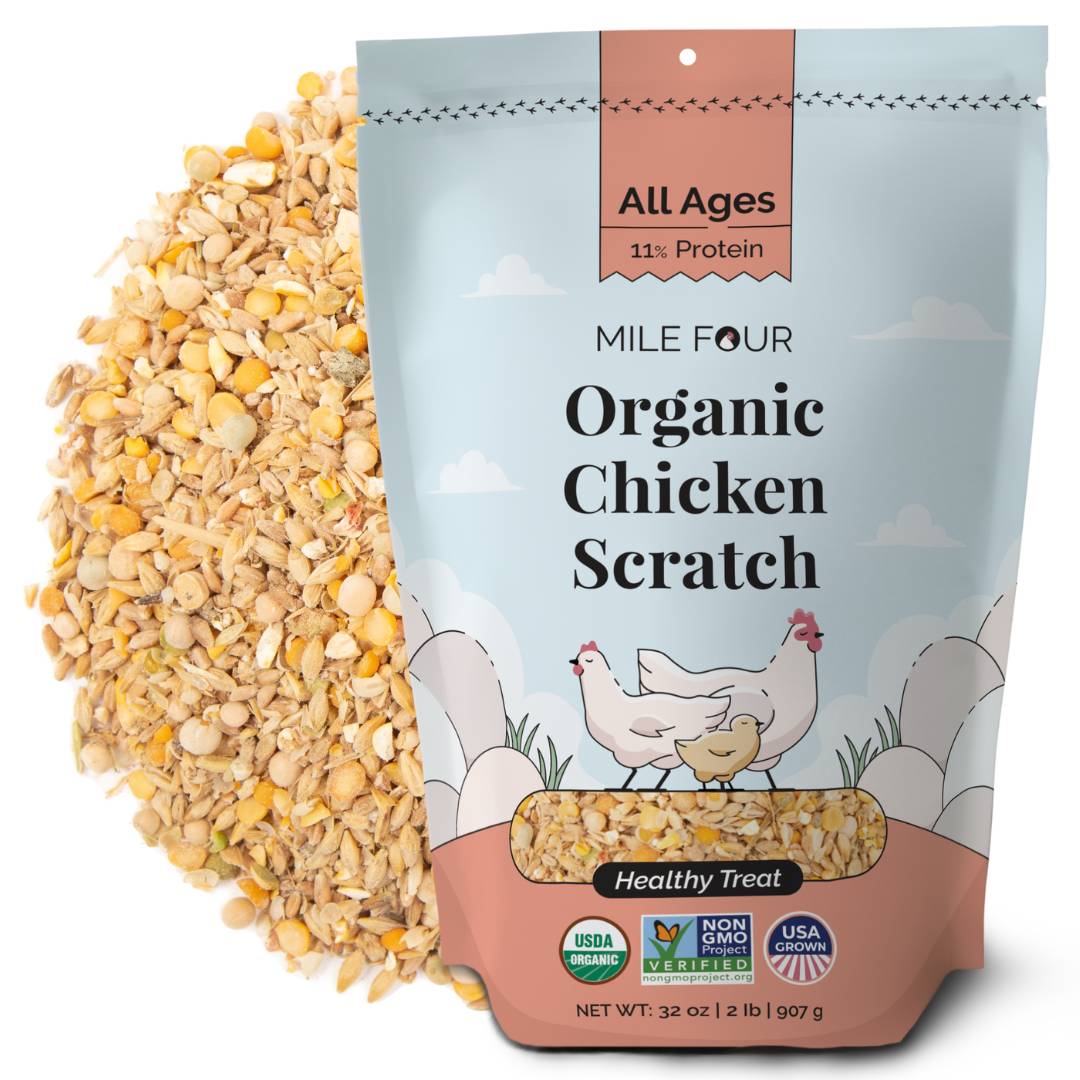
4 comments
Great information for a first time chicken owner🐓!!
I’m still working on my coop. Started to late an had to give my 8 week old chickens to a friend. Broke my heart. I have to start all over again .I’m going to have to bye everything again. Almost finished the coop.
I, personally, haven’t had a chance to try this but I’m sure I will return to this blog when I buy a few chicks.
Is it okay to use wood chips as bedding?